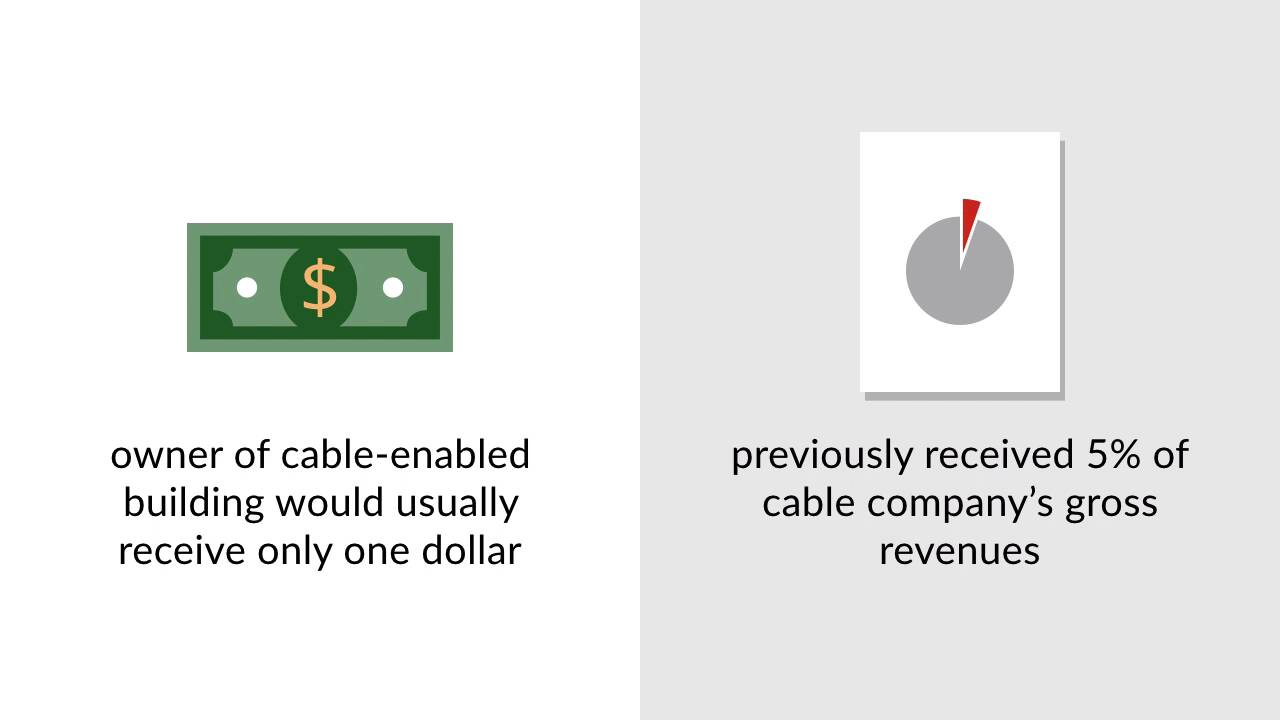

Courts hearing takings arguments should consider three factors that have “particular significance” – a) the magnitude of the economic impact, b) how severely the regulation affects “investment- backed expectations,” and c) the character of the government in action. A significant, but not near-total regulatory taking.Where new regulations, even hazard-based regulations, could sharply decrease the market price of property, consider allowing the transfer of development rights to areas where your community would like growth to occur. Note that land uses that harm others are not legal or beneficial, and that beneficial uses don’t necessarily include building residences or other structures, especially in hazardous areas. This is both fair and helps establish the legal reasonableness of your regulations. When designing land use regulations, your community should always try to ensure that the owner retains at least some economically beneficial uses. The NAI approach can help your community to consistently articulate how potentially harmful projects are nuisances. It warns, though, that governing bodies arguing that specific regulations are designed to prevent nuisances will need to demonstrate how they are addressing similarly situated nuisances (i.e., regulations may not be applied arbitrarily). In their opinion, the Court clearly states that regulations aimed at preventing nuisance don’t constitute takings. South Carolina Coastal Council) was filed by a landowner who was prohibited from building a home on a barrier beach. If a regulation restricts property rights to such a degree that it eliminates all or essentially all economically viable uses of a piece of property, this may constitute a taking. A total or near-total regulatory taking.However, if a community’s NAI plan involves the placement of structures (culverts, for example) on private property, this ruling makes it clear that the community may be required to obtain the permission of the landowner or pay compensation.

Because the NAI approach doesn’t generally promote structural solutions, this type of regulatory taking is unlikely to apply.
#Loretto v teleprompter install
Teleprompter Manhattan) involved a New York City requirement that building owners allow the cable company to install a small cable box and cables on all residential buildings. Governments may not, without compensation, place anything on private property against the wishes of the owner.

(For a more detailed legal explanation of these cases, see the latest edition of No Adverse Impact Floodplain Management and the Courts, published by the Association of State Floodplain Managers.) Each way is briefly discussed below, with a non-technical explanation of how they are relevant to an NAI approach. In their unanimous decision, the Court determined that there are four ways for a regulation to be a taking. Chevron), which clearly established regulatory taking guidelines. Supreme Court ruled on a precedent-setting case (Lingle v.

The best way to understand how the NAI approach helps to prevent takings challenges is to look specifically at what the courts have decided may constitute a regulatory taking.


 0 kommentar(er)
0 kommentar(er)
